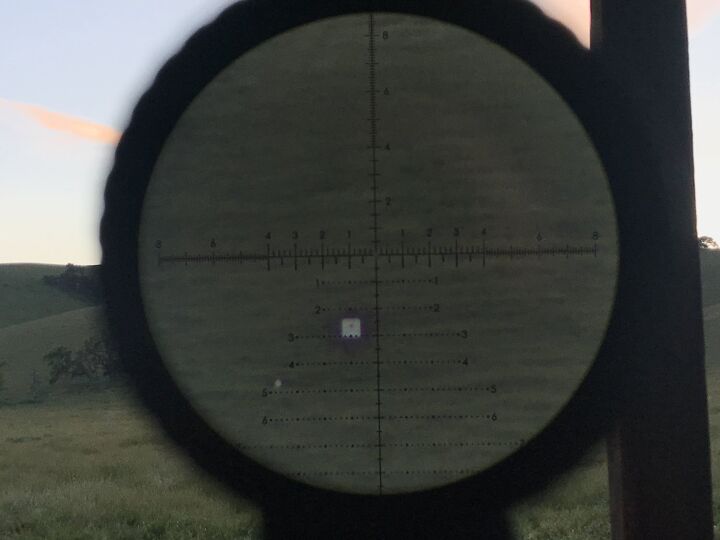Understanding illumination on a scope.
What is Illumination?
In a rifle scope, illumination refers to the internal lighting of the reticle (crosshairs or aiming point) to make it more visible in low-light or dark conditions.
This extra light helps you see the reticle clearly against dark targets or backgrounds (e.g., dense forests, dawn/dusk conditions).
What does it do?
In simple terms, illumination in a rifle scope makes the reticle (the crosshairs or aiming point) glow, so you can see it more clearly, especially in low light, dark backgrounds, or shaded areas. Illumination makes the reticle stand out: If you're aiming at a dark target (like a deer in the woods at dusk), the black reticle can blend in. Illumination helps the reticle pop so you don’t lose your aiming point. It’s easier and faster to aim when you can clearly see the reticle—especially helpful in fast-paced or close-range situations. It helps in poor lighting so that at dawn, dusk, or in indoor/urban environments, there's often not enough contrast to see a standard black reticle well. Illumination fixes that but adding a contrasted sight.
Do I need a Illuminated sight?
Whether you need an illuminated scope depends on how, where, and when you shoot. Here’s a breakdown to help you decide:
You could benefit from illumination if
-
You hunt or shoot in low light
-
Early morning, late evening, or wooded areas with deep shade.
-
Reticle visibility can be poor—illumination helps keep your aim sharp.
-
-
You use a dark reticle on dark targets/backgrounds
-
Black crosshairs on a black animal (like a boar or deer) can blend in.
-
A lit reticle gives contrast so you don’t lose your aiming point.
-
-
You shoot "tactically".
-
Fast target acquisition in low light can be crucial.
-
Many red dot sights and LPVOs rely on illumination for their reticles to function at all.
-
-
You do competitive shooting
-
Speed and clarity matter—illumination can help you find your reticle instantly.
-
You probably don’t need it if:
-
You only shoot in good daylight conditions
-
At the range or during the middle of the day, standard black reticles work fine.
-
-
You’re on a tight budget
-
Illuminated scopes cost more and require batteries.
-
A well-designed non-illuminated reticle (like etched glass or bold duplex) works great in daylight.
-
-
You prefer simplicity and fewer electronics
-
One less thing to break, adjust, or worry about (especially in rough outdoor conditions).
-
A good example of low light shooting with a night vision is the following,
Without illumination:

With illumination:

Illumination with night vision.
Night vision is also very helpful for use with night vision as it will allow some contrast in the reticle as the reticle will tend to be a little faint in the night vision image.
For example,
Without illumination:

With illumination:

While illumination is an incredibly helpful feature with multitudes of uses, it can be a costly extra, you must consider whether it is right for you.
If you have any questions, please contact the team at Optics Warehouse.
